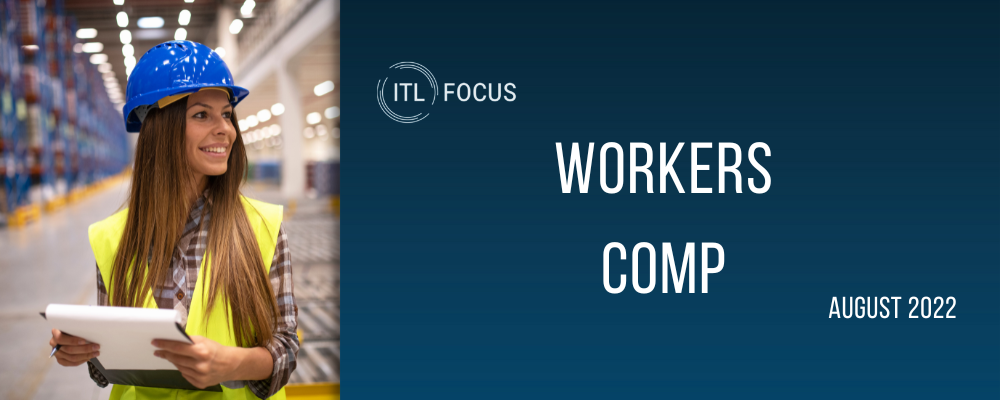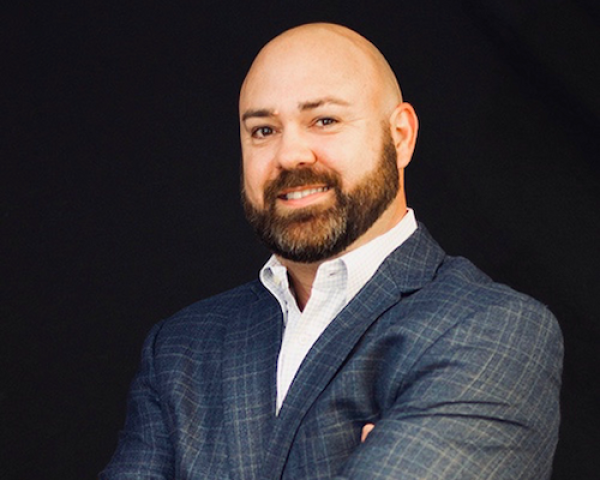Claims management has always been a combination of art and science. The science part tends to be fairly easy to understand, at least at a conceptual level. After all, insurers base a great many of their decisions on statistics and probability. They search for anomalies, applying filters to discern which conditions fall outside of acceptable boundaries. If something unexpected turns up, they flag it for follow-up.
The art of claims management is quite a different story, though. What makes a great claims professional is his or her ability to read through detailed accident reports, medical notes and legal documents to determine which elements are meaningful and which ones simply constitute background noise.
In many respects, the claims professional’s role is to take in very large amounts of analog information and distill it into a form that can be understood through a more analytical, scientific lens. This is difficult enough, just on the face of it. It calls for an understanding of medical terminology and practice and legalese and the ability to decipher accident and medical reports. And it requires a knack for retaining and synthesizing information from multiple sources.
That difficulty is compounded, though, by the fact that virtually every claim is really a moving target. New information flows in constantly. Every fresh data point must be ingested, evaluated and understood in the context of the claim as a whole. Given the complexity and duration of many claims, making sense of all that detail is no small feat.
Technology can improve this process dramatically, easing the burden on claims professionals by ingesting new information the moment it arrives, discerning its meaning and placing it in context alongside all the other information in the case. Technology can detect which conditions may indicate a high risk of litigation and which ones might raise concerns about poor medical outcomes. Artificial intelligence (AI) functions as a kind of intelligent assistant to the claims professional, pre-processing information and calling attention to the details that matter most.
The key that unlocks that door is called natural language processing, or NLP.
Predicting Litigation Risk in Commercial Auto Claims
Let’s consider what this might look like from the perspective of litigation risk in commercial auto claims. After years of record losses, insurance carriers got a short reprieve during the COVID-19 shutdowns of 2020. Claims shot back up in 2021, though, raising the alarm on loss ratios and the factors that affect them.
Litigation prevention is a key factor in that equation. Experienced adjusters typically understand which kinds of claim details indicate likely attorney involvement; but seasoned professionals can be hard to hire and retain these days, and it takes considerable time for a new hire to come up to speed.
AI can improve the speed and accuracy with which claims data is assessed. That helps your most experienced people be far more effective, and it gives your newer staff a leg up. Perhaps most importantly, AI can flag at-risk claims early, enabling you to steer potentially problematic cases to the most experienced adjusters in your organization or push to settle those cases pre-litigation.
See Also: AI Investment in Commercial Lines
Finding Structure in Unstructured Data
In the commercial auto space, there are five types of structured data that adjusters look at to determine whether it’s likely that attorneys will get involved. These are the types and number of vehicles involved, the location of the accident, type of accident, injury details and the amount of vehicle damage. Unfortunately, important details are often buried in the claim file in the form of unstructured data.
A great deal of the information collected for commercial auto claims comes from phone conversations between the adjuster and the various parties involved in the case. Other information comes from medical notes, police reports and email communications. In a perfect world, all of this information would be entered into a claim system as structured, standardized data. In the real world, it’s often cryptic and somewhat difficult to decipher.
Consider a claim that includes the following note: “Insd emp/drvr contact became uncomfortable, attempted to reset/fix and rear-ended clmt … chain reaction.” To an experienced reader, that may indicate fault and liability. To a novice, it might pass under the radar. In either case, it’s invisible to a quantitative scoring system unless it can be scored and rendered as structured data.
NLP parses human language to discern its underlying meaning. It can detect context, decipher abbreviations and distinguish among seemingly nuanced variations of a phrase that might have very different implications. NLP can understand unstructured data such as notes, assigning a quantitative assessment indicating the likelihood that the insured driver was at fault. In this example, NLP might flag the claim as high-risk because it matches patterns that indicate an elevated risk of liability.
NLP can also fill in missing details that might be provided in an adjuster’s notes but were never included as structured data, per se. A claim might contain a note that says: “Was the driver an employee? Yes. Is there an alcohol consumption policy? No.” Clearly, the claims manager gathered this information but may have been too busy to enter it properly as structured information in the claims system.
Other examples include verification of accident details (e.g., “photos from insrd confirms hvy impct accdnt”), details that provide clues as to the severity of injuries (“passngr went to ER … admitted for 2 days … mltpl tests … no injuries.”) or details about claimants (“unsure if CV is insured”).
NLP parses that kind of unstructured information, rendering it as structured data and filling in the gaps that otherwise go unnoticed. AI-powered NLP is always on, ready to ingest information the moment it arrives. That empowers claims managers to act promptly when there’s a material change to one of their cases.
The role of claims professional will not go away any time soon, if ever. Nevertheless, today’s technology can assist tremendously with an otherwise very burdensome process, freeing up claims professionals to focus on applying their judgment and expertise where it can make the biggest difference.


































